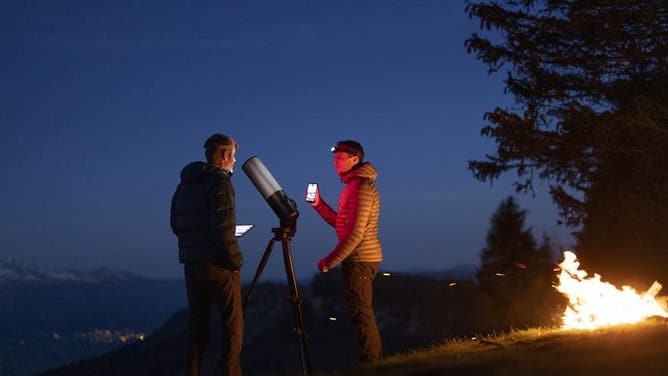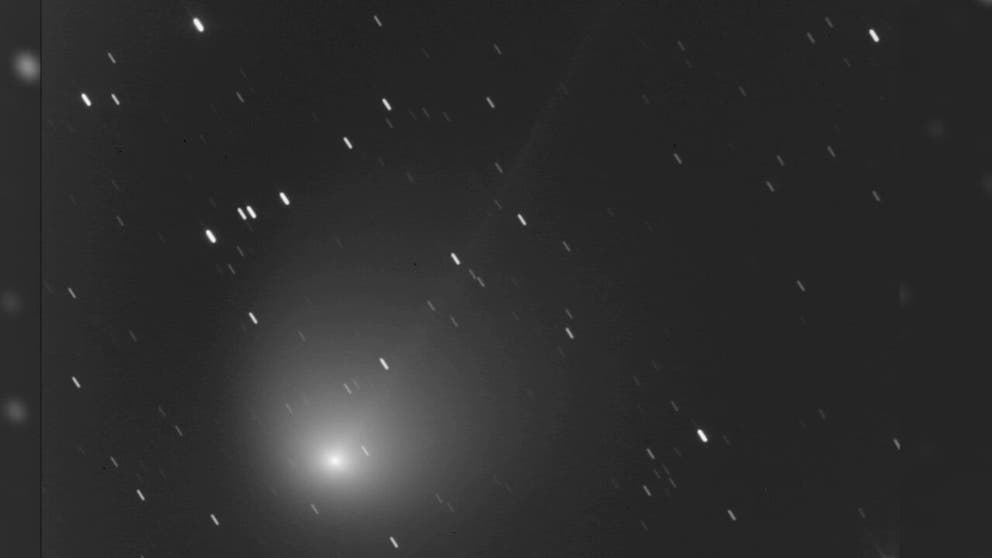Newly discovered comet may be visible with naked eye in September
Discovered by Hideo Nishimura on Aug. 11, the comet has since increased in brightness, according to NASA.
FILE: Timelapse shows rare comet making its approach to Earth
The images of Comet C/2022 E3 ZTF were captured on Sunday from a telescope in Italy on Jan. 29, 2023. (Courtesy: Gianluca Masi / Virtual Telescope Project)
Skygazers may be able to catch a glimpse of Comet Nishimura as it flies across the inner Solar System next month.
Discovered by Hideo Nishimura on Aug. 11, the comet has since increased in brightness, according to NASA. They added that Comet Nishimura, also known as C/2023 P1 Nishimura, will continue to grow in intensity and perhaps become visible to the naked eye in early September.

Comet Nishimura, as imaged on Aug. 18 from June Lake, California.
(Dan Bartlett / NASA)
NASA noted one catch – the comet will only be visible near sunset or sunrise, as it will be angularly near the Sun. Additionally, Comet Nishimura will come inside the orbit of Mercury and be so close to the Sun that its proximity to the star may cause the comet’s nucleus to break up.
LARGEST COMET EVER SPOTTED SEEN BARRELING THROUGH OUR SOLAR SYSTEM
Comets have been referred to as "dirty snowballs," containing frozen gases, rock and dust, according to NASA. When frozen, they are as large as a small town, and when their orbit brings them near the Sun and causes the "snowballs" to heat up, they emit gases and dust. This creates a giant, glowing head and a tail that stretches for millions of miles.

FILE: Astronomers using a telescope.
(Unistellar / FOX Weather)
NASA estimates there are possibly billions of comets orbiting the Sun, but the current number of known comets is nearly 3,900.
